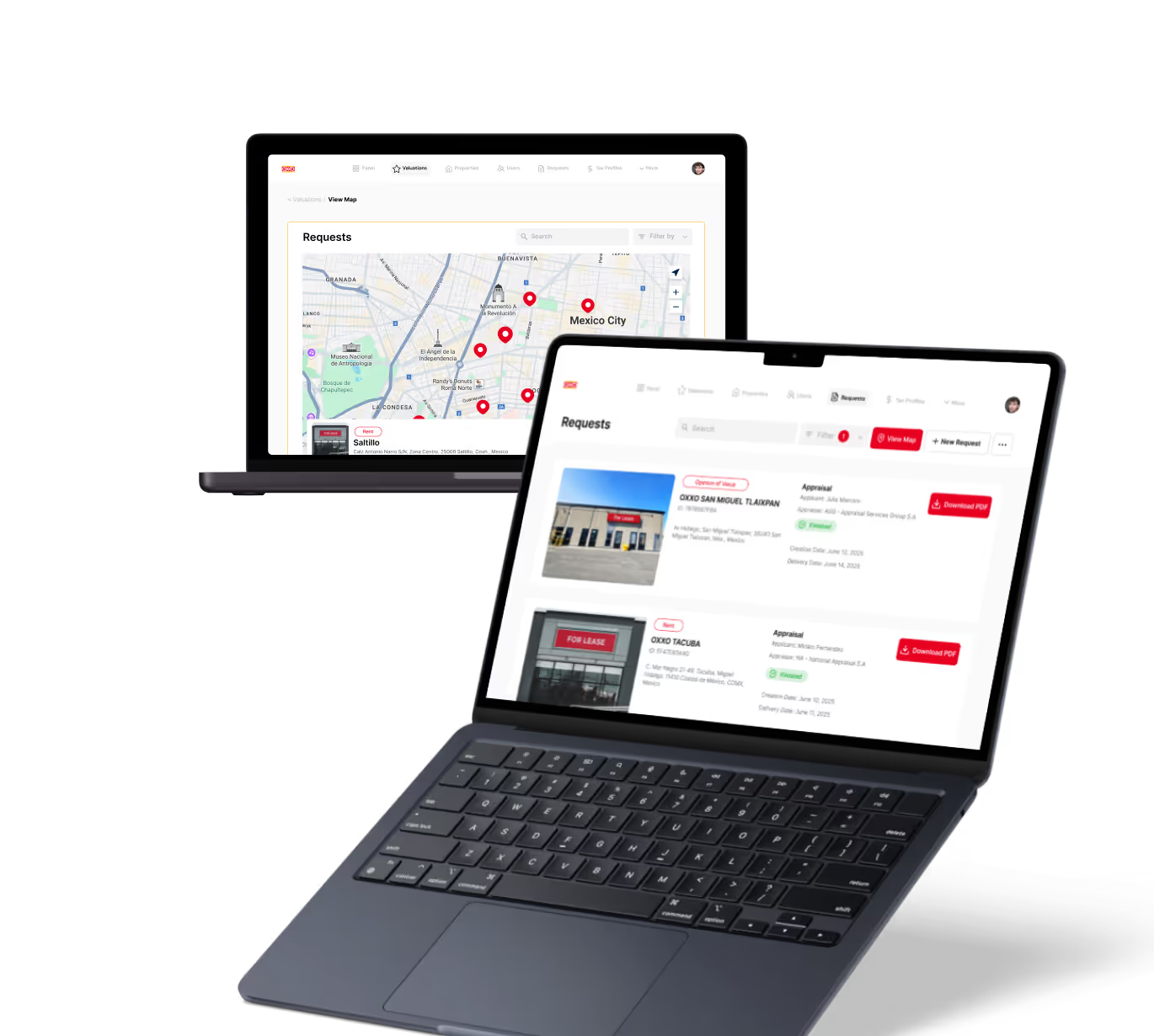Memory Limit in No-code
No-code/low-code
Explore how memory limits affect no-code platforms and how to optimize your apps within these constraints.
Introduction to Memory Limits in No-code Platforms
When you build apps using no-code tools, you might not always think about memory limits. But these limits can affect how your app runs and performs. Understanding memory limits helps you create smoother, faster apps without unexpected crashes.
In this article, we will explore what memory limits mean in no-code platforms, why they matter, and how you can work within these limits to build better applications. Whether you use bubble, Glide, or Make, knowing about memory can improve your app’s reliability.
What Are Memory Limits in No-code Platforms?
Memory limits refer to the maximum amount of data or resources your app can use at one time. No-code platforms set these limits to keep apps running smoothly on their servers and to share resources fairly among users.
Memory includes things like:
- Data stored temporarily during app use
- Variables and objects your app creates
- Images, files, and other media loaded in the app
When your app uses more memory than allowed, it may slow down, freeze, or crash. Each no-code platform has its own memory limits depending on the plan you choose.
Why Memory Limits Matter for Your No-code App
Memory limits are important because they affect your app’s speed and stability. If your app tries to use too much memory, users might see errors or delays. This can hurt user experience and your app’s reputation.
Here are some reasons memory limits matter:
- Performance: Apps within memory limits run faster and respond better.
- Cost: Higher memory plans usually cost more, so managing memory saves money.
- Scalability: Efficient memory use helps your app grow without problems.
Understanding these limits helps you design apps that work well for your users and budget.
Memory Limits in Popular No-code Platforms
Different no-code platforms have different memory limits and ways to manage them. Here are some examples:
- bubble: bubble apps have server capacity limits based on plan tiers. Memory use depends on workflows, database size, and API calls.
- Glide: Glide limits app size and data rows. Large images or many rows can hit memory limits quickly.
- Make (Integromat): Memory limits affect how many operations and data bundles you can process in scenarios.
- FlutterFlow: While mostly client-side, FlutterFlow apps depend on device memory and backend limits.
- Zapier: Memory limits influence how much data can be processed in each zap run.
Knowing these limits helps you choose the right platform and plan for your app’s needs.
How to Optimize Memory Use in No-code Apps
Optimizing memory use means designing your app to use less memory while keeping features intact. Here are practical tips:
- Limit Data Size: Use only necessary data fields and avoid storing large files inside the app.
- Compress Images: Use smaller or compressed images to reduce memory load.
- Paginate Data: Show data in small chunks instead of loading everything at once.
- Use External Storage: Store large files or data externally (like cloud storage) and link to them.
- Clean Up Workflows: Remove unnecessary steps or loops that consume memory.
- Cache Wisely: Cache data only when needed and clear caches regularly.
These steps help your app stay within memory limits and run smoothly.
Real-world Examples of Memory Management
Let’s look at how some no-code creators manage memory effectively:
- bubble Marketplace App: A creator reduced database size by archiving old records, improving load times and staying within server capacity.
- Glide Event App: The developer compressed photos and limited visible rows per screen, preventing slowdowns on mobile devices.
- Make Automation: A user split complex scenarios into smaller ones to avoid memory overload during data processing.
These examples show that smart memory use improves app performance and user satisfaction.
Conclusion
Memory limits in no-code platforms are a key factor in building successful apps. By understanding these limits, you can avoid crashes and slowdowns. This knowledge helps you design apps that run smoothly and scale well.
Remember to optimize data size, compress media, and clean workflows. Using these strategies, you’ll make the most of your no-code platform and deliver great experiences to your users.
FAQs
What does memory limit mean in no-code platforms?
How do memory limits affect my no-code app's performance?
Can I increase memory limits on no-code platforms?
What are simple ways to reduce memory use in no-code apps?
Do all no-code platforms have the same memory limits?
Why is managing memory important for app scalability?
Related Terms
See our numbers
315+
entrepreneurs and businesses trust LowCode Agency
Investing in custom business software pays off
We were managing property valuations across multiple brands, and the complexity was overwhelming our traditional processes. Every day of delay in property evaluation meant potential lost revenue and competitive disadvantage.
15,000+
property valuations managed through centralized platform
40%
reduction in valuation processing time

J.Antonio Avalos
,
Product Manager Lead
OXXO



%20(Custom).avif)